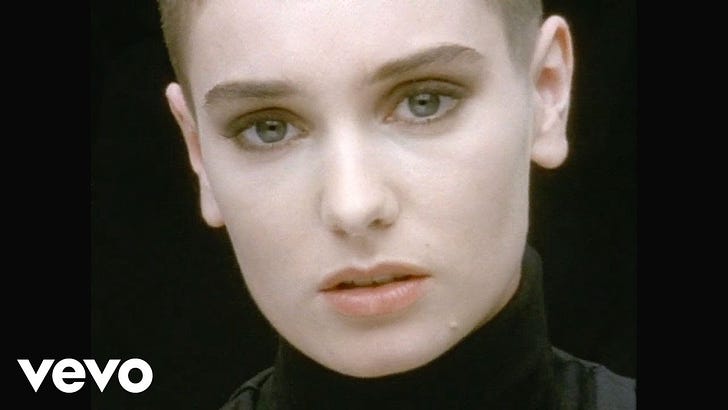Yesterday I saw, like most everyone else, that Sinéad O’Connor has died.
I remember being very young, home alone (I was almost always alone) and watching Nothing Compares 2 U on TV. Being struck then, as I am now, not only by Sinéad’s beautiful face, but her eyes. Their directness and authentic fierceness, which slowly transforms to sadness as she begins singing about her mother.
Keep reading with a 7-day free trial
Subscribe to Gathering to keep reading this post and get 7 days of free access to the full post archives.


